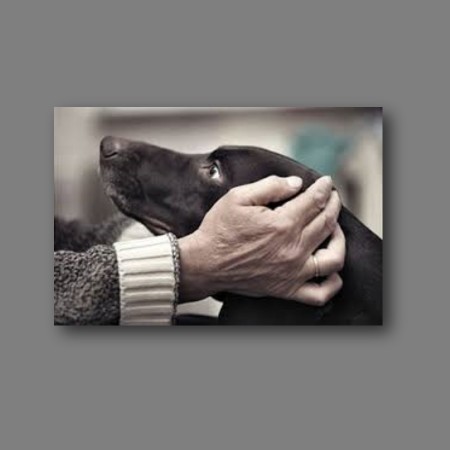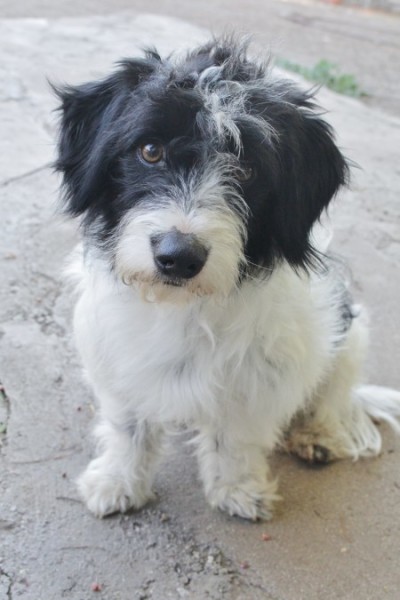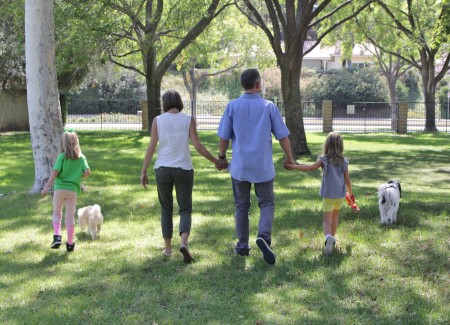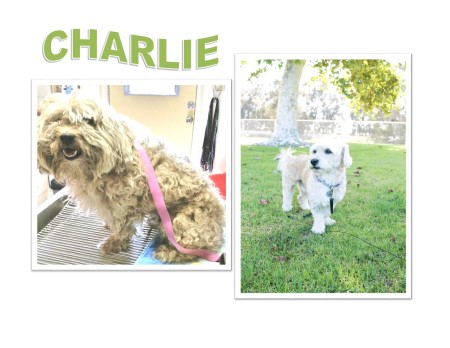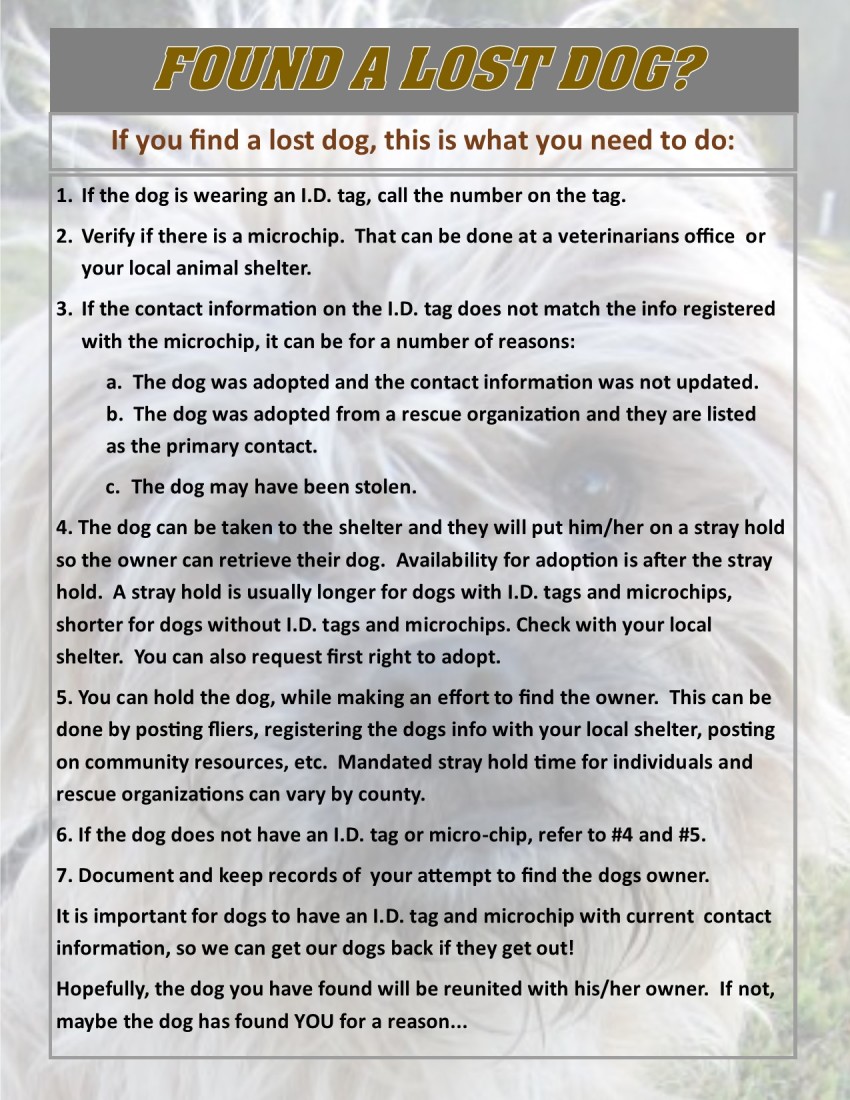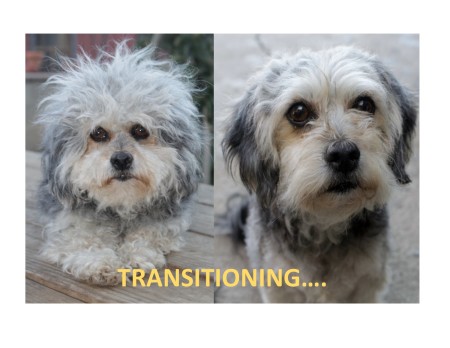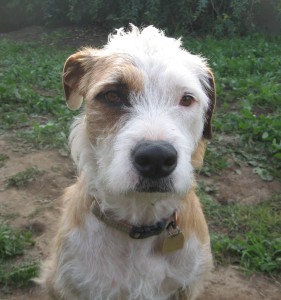 10.22.2016 The Pit Bull breed used to be described as the “nanny dog”, known to be loving, loyal and protective of children. Remember Petey on the Little Rascals? How about Sergeant Stubby, the most decorated war dog of World War I – a true hero. As I walk through shelters and see row after row of Pit Bulls, I wonder – What has happened to this breed?
10.22.2016 The Pit Bull breed used to be described as the “nanny dog”, known to be loving, loyal and protective of children. Remember Petey on the Little Rascals? How about Sergeant Stubby, the most decorated war dog of World War I – a true hero. As I walk through shelters and see row after row of Pit Bulls, I wonder – What has happened to this breed?
I never fully understood the impact of the word “Pit” until I fostered Paisley. She was surrendered to a rescue organization by her owner. Her origins are a mystery. A paisley print scarf was attached to her collar and she was left with a life jacket they used when taking her on boat outings. It was very sad because it showed she was part of their life and activities and now she was homeless.
Paisley was only about two years old and was identified as a Pitbull Jack Russell mix, which is an interesting combination. She looks like a wire haired terrier mix with an adorable and expressive face that looks sad sometimes. Someone took a lot of time training her to walk well on the leash and to sit, stay, shake, down position and roll over. Paisley takes treats very gently and comes when called. She sits in the back seat of the car like a little child looking around, connecting with what she sees. She loves people and just wants to please. Her bio stated she was not good with other dogs.
When the information is available, it is important to know why a dog is surrendered. Apparently Paisley’s family was experiencing many changes, including a new baby in the home. They were not comfortable with her around the child. Sadly, this happens too often with babies and dogs. I asked the owner what about Paisley made them give her up. Aside from the concern with the newborn, she was described as unpredictable. After that conversation, I took her in as a foster and started exposing her to different situations. It was clear she was not good with other dogs or at least had not been exposed to them. When I looked at her medical records, it showed she had been either attacked or in a dog fight at a very young age. I have always wondered if that caused her behavior. What appeared to be dog aggression was fear. Paisley was insecure.
As months passed, patience and consistency paid off. Paisley was able to go on group walks with other dogs. We went from her not getting along with any dogs to her being able to be with certain dogs, opening up more options for her to find a new home. That being said, she needed a specific fit for her next home. I think dogs with any kind of dog aggression require a more experienced owner. Additionally, there needs to be serious consideration when young children are involved – that applies to all dogs.
As I spent more time working with Paisley, I learned more about her and what her previous owner described as “unpredictable”. Paisley was very predictable. Although she could be mixed with other dogs, male and female, she was not trustworthy with small dogs or cats and she was not good with alpha female dogs. She had a high prey drive, so chasing things that moved quickly and made a high pitched squeaking noise would set her into an excited state. But, she eventually learned to love large male dogs. They could play rough with her, squeak and run and she loved it. We finally found her niche!
Paisley’s issues with other dogs were addressed. The area we could not get beyond was the word “Pit” and the stigma surrounding it. I took Paisley to many mobile adoptions and numerous television appearances. She always received a lot of interest because she was so cute and sweet. When it came to her breed description, people would quietly go away or they would share their fears. After so much exposure and so many rejections, I was completely frustrated and decided to do a DNA test. The test results revealed she was a Boxer American Bulldog mix. Paisley was still part of the bully breed category, which is considered a strong working breed type. She was not a Pit Bull and her issues were not because of her breed type.
This story has a happy ending. After a year with me, I officially adopted Paisley. She is a loved family member, which includes her pack of big male dogs. Unfortunately, the story of many Pit Bulls does not have a happy ending. Too many come into shelters and too often they wait for long periods of time, hoping a home will come. Thankfully, some are adopted to great homes and there are advocates helping them with fostering, training and education. Progress is being made with some shelters. But, shelters are not responsible for the dogs that come to them, people are. So, more needs to be done.
I do not have all the answers, but every time I go to the shelter it weighs on me. After fostering and working with many dogs over the years, I have concluded all dogs need to be assessed individually, thoroughly and in different scenarios. The more powerful working breed type of dogs need to have a dedicated commitment of exercise and leadership. Socialization at a young age is very important. Some breed types require more dog experience. These are just a few ideas: (1) In-depth screening process to help ensure Pit Bulls are being placed with people who are educated about the breed, ensuring they are not being used for nefarious reasons. (2) Fining and shutdowns of backyard breeders, as an effort to reduce the quantity of Pit Bulls coming to shelters. Irresponsible breeding is detrimental because it can result in health and behavioral problems. (3) Exploring the opportunity to utilize Pit Bulls for therapy and law enforcement.
Until the stigma around the word Pit is gone, we need to figure out a solution to protect Pit Bulls and reinstate the original integrity and definition of the breed.
